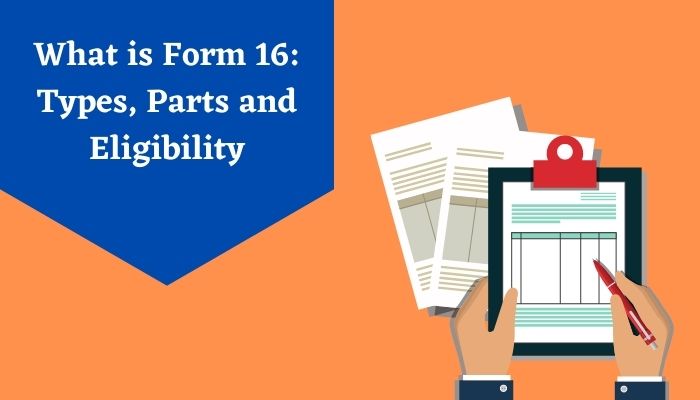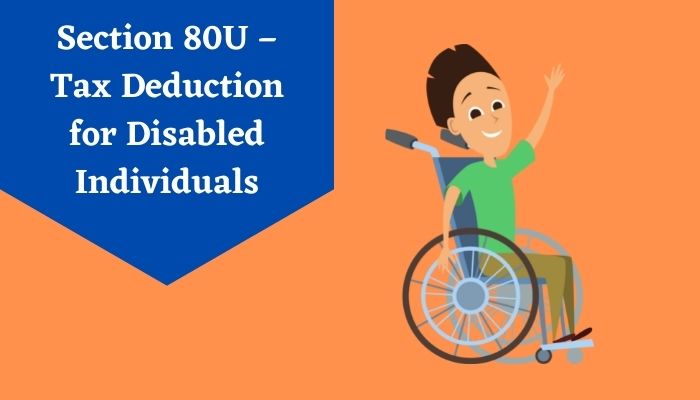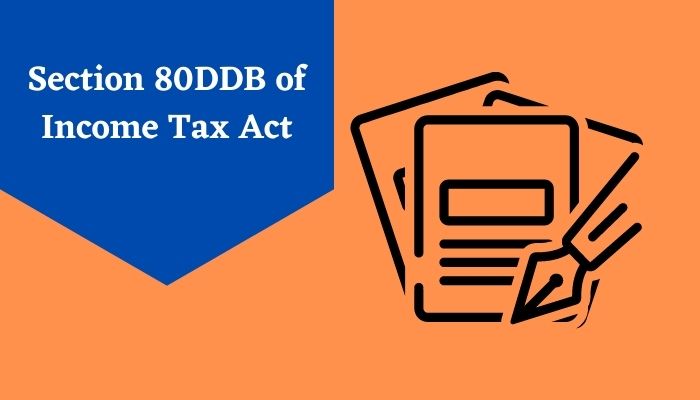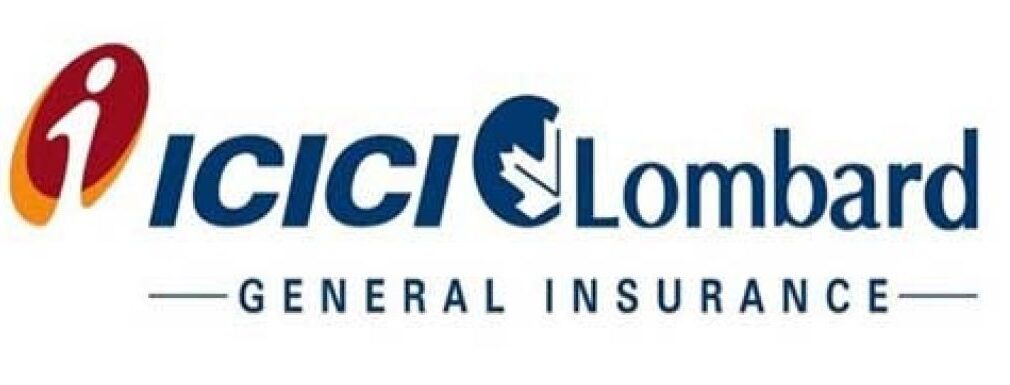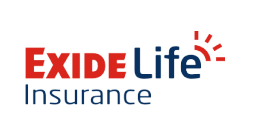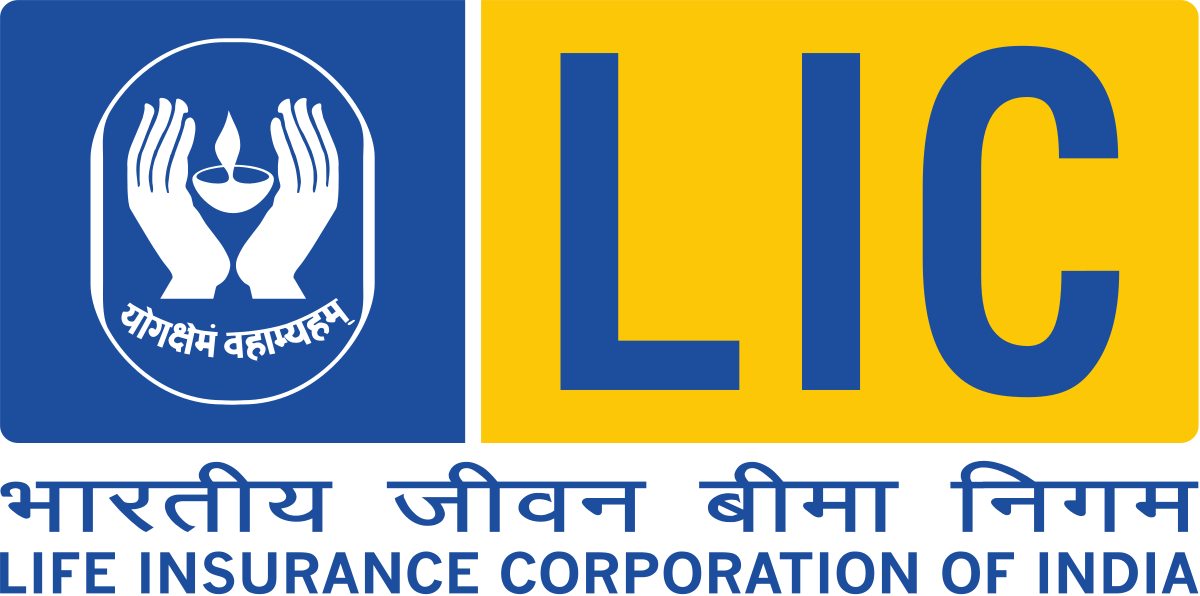What is Form 16: Types, Parts and Eligibility
The TDS certificate, also known as Form 16, is by far the most convenient financial documentation that all working workers encounter when completing their tax filings.
It’s a certification that shows how much tax was withheld from your wage at the origin and submitted with the national treasury. Workers who earn less than Rs. 2.5 lakh in a fiscal year are excused from paying income tax and will not get a Form 16. Form 16 facilitates the submission of an ITR since it contains information about a person’s pay and tax exemptions that are conveniently accessible.
What is form 16?
Form 16 is a certification provided by the employer and presented to the Income Tax Department IT department under Section 203 of the Income Tax Deducted at Source TDS Act (it details how much tax the employer deducted and when it was submitted to the IT department)

If you changed jobs throughout the year or started working for multiple employers at the very same time and were labelled at each location, you should indeed obtain a separate form 16 from each of them. However, if your employees did not detect any tax at source from your salary because your revenue during the year was below the tax-exempt status limit, they may well not issue form 16 to you.
This Form 16 is a document in which your employer attests to the specifics of your pay earned throughout the year and the amount of TDS deducted. It is divided into two parts: Part A and Part B.
Part A contains data on the employer and employee, such as names and addresses, PAN and TAN numbers, work period, and TDS deducted and deposited with the administration.

Part B contains information on the salary received, additional sources of income, allowable deductions, and tax due, among other things.
When an employer diverts tax from an employee’s salary, he issues a Form 16 certification to the worker. In layman’s terms, it’s a confirmation that your subtracted tax has been deposited with the Internal Revenue Service. It must be delivered by the 15th of June in the year it is issued.
What does it mean to be eligible for a form 16?
Any salaried individual whose tax has indeed been collected at source by their company is eligible to receive Form 16, regardless of whether their income falls below the tax-exempt status limit or not. Employees must issue Form 16 if their employers have deducted tax at the origin.
Is it necessary for paid employees to complete Form 16?
Form 16 is a revenue certificate that contains full information of income generated and TDS deducted during the financial year, and it must be submitted by the contractor if the latter has deducted TDS on the latter’s income. Form 16 aids a salaried employee in filing an income tax return (ITR), occurs when an employee has no other forms of funds.
For paid personnel, what is Form 16A? Components of Form 16A
Part A of Form 16 summarises the taxes paid on the part of the interviewee from the current salary and submitted to the national exchequer. The elements of Form 16A are as follows:
- Confidential files of both the employee and the employer: For example, the name of the organization and the individual, address information, both (individual and employer) PAN information, and the company’s TAN information. The TAN is an identifier that is issued to an entity that is accountable for a tax deduction and collection.
- AY (Assessment Year): This is the year in which income is evaluated, implying that it is the year in which taxpayers must work just on tax return operations. For example, the Assessment Year for revenue received between April 1, 2016, and March 31, 2017, will be 2017-18.
- Period: The amount of time the tax was engaged by the employer/organization during the Financial Year in question.
- Summary of the employee’s remuneration
- The day upon which tax was taken from your paycheck.
- The day on which taxes are deposited in the president’s account.
- Summary of taxes deducted and submitted with the IRS every quarter
- The TDS Payment’s Confirmation Number
What is the purpose of Form 16B? Components of Form 16B
Form 16 Part B is a combined statement that includes information about any other income reported to the organization by the worker, salary received, tax paid, and tax payable, if any. The elements of Form 16B are as follows:
- Salary Earned: This section displays an employee’s complete salary structure. Salary is broken down into further parts like Leave Travel Allowance (LTA), Leave Encashment (LE), House Rent Allowance (HRA), Gratuity, and so on.
- Employees are eligible for these allowances under section 10 of the Income Tax Act of 1961 for conveyancing, HRA, and children’s education. Hostel expenses, medical expenses, and so on are all listed on Form 16B.
- Salary Deduction is allowed: The highest amount that may be deducted is Rs 1.5 lakh. Donations to investments such as the Public Provident Fund, Pension Plans, Insurance Policies, Tax Relief Mutual Funds, and the Sukanya Samriddhi Scheme, among many others, are covered under Section 80C/80CCC/80CCD. Other exclusions, such as those under Sections 80D and 80E, are included.
- Gross earnings: The total pay collected from the employer plus any extra income disclosed by the employee, such as income from a home or building, is referred to as gross income. During the investment evidence submission step, the employee must provide the company with information about alternative sources of income.
- Salary That Isn’t Taxable: To determine taxable income, total deductions are subtracted from gross income. This sum is used to compute a taxpayer’s tax burden.
- Education Cess and Charges, Section 87 Rebate, and Section 89 Relief are all covered.
Conclusion
A salaried individual’s personal Form 16 is critical, particularly if their employer has withheld tax from their pay. The level of tax withheld from the employee’s pay income is shown on Form 16, which is a certificate supplied by the company to the worker. When an employee submits his or her federal tax return, Form 16 shows how much income has indeed been paid but how much is still owed.
FAQs:
How many different forms of Form 16 are out there?
Forms 16, 16A, and 16B are all certifications of tax imposed on individuals on their earnings from various sources. They all differ to achieve this purpose, eligibility, and scope of application.
Is it required to fill out Form 16?
The current date for companies to submit Form 16 is June 15 of each year, according to existing guidelines. The requirements of the Income Tax Act require an employer to send Form 16 to his or her work if TDS has been withheld from his or her salary. The penalty, nevertheless, should not be more than the amount of income tax received.
